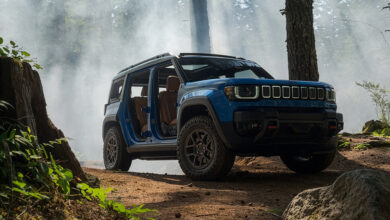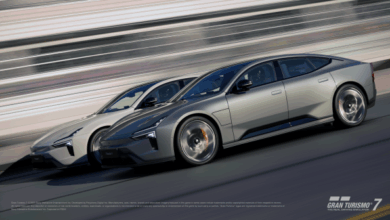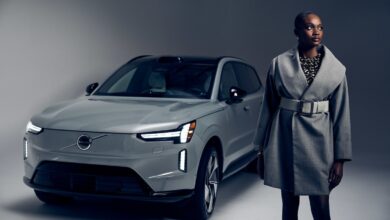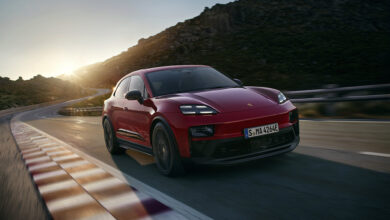The Rivian Commercial Van Now Available to All Fleets in the US
Since Rivian’s exclusive agreement with Amazon ended over a year ago, the electric van is now available to the mass market…
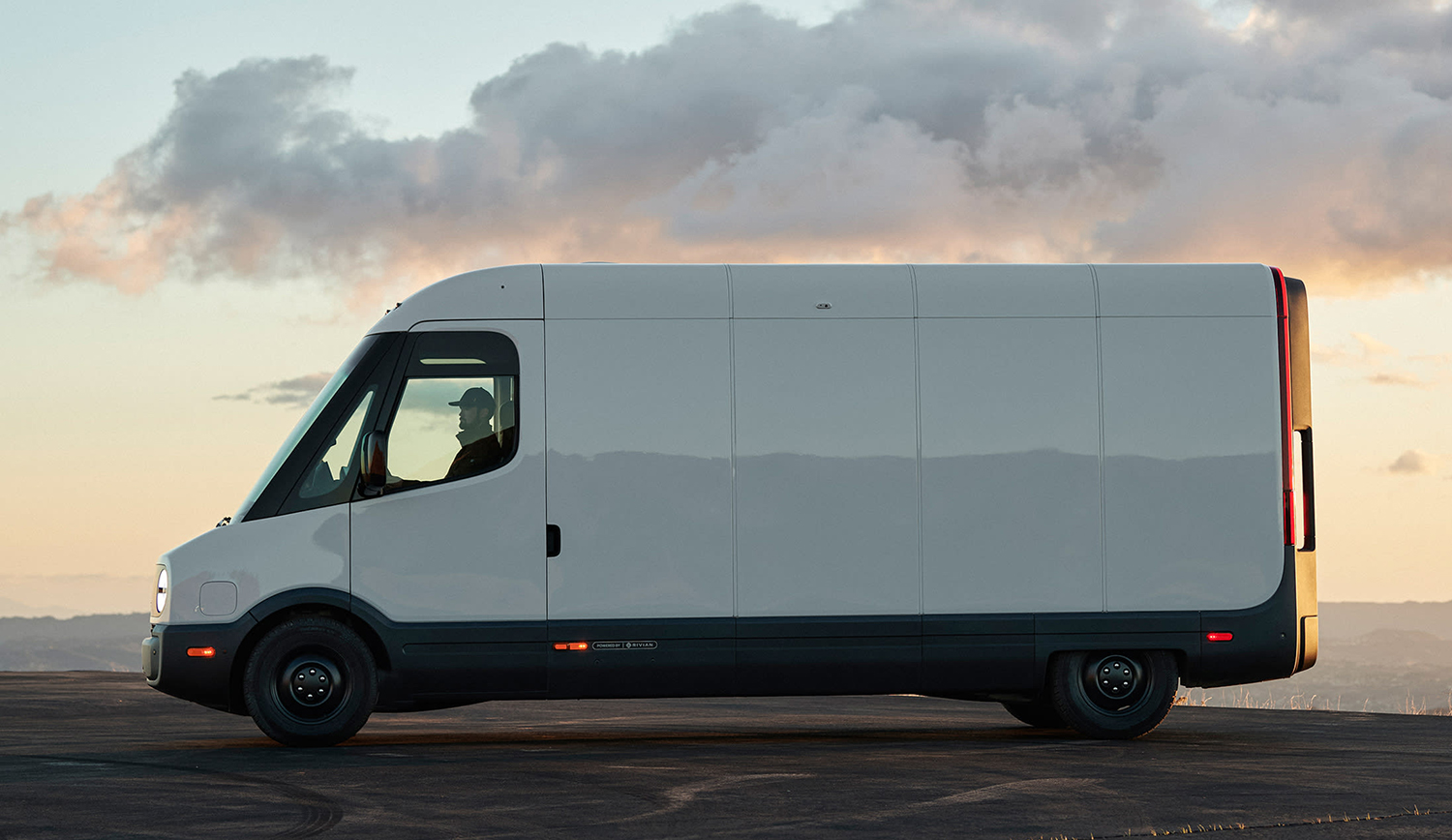
Rivian Automotive has announced it is opening sales for the Rivian Commercial Van to fleets of all sizes in the U.S. The Rivian Commercial Van is the platform on which Amazon’s custom Electric Delivery Van (EDV) is based, and Rivian stated that it was designed from the ground up, prioritizing safety, driver comfort, total cost of ownership and sustainability. With safety features that include automatic emergency braking, collision warnings and 360-degree visibility, Rivian claims its Commercial Van is engineered to be among the safest vehicles on the road today.
Since the conclusion of Rivian and Amazon’s exclusivity period, Rivian has been trialing its Commercial Van with several large fleets in the U.S. and preparing its fleet management process for the mass market. These pilots have paved the way to enable Rivian to open sales further.
The Rivian Commercial Van comes in two sizes, the 500 and the 700, providing a payload of up to 2,663 lbs. and a Gross Vehicle Weight Rating of up to 9,500 lbs. Rivian’s in-house software stack controls almost every interaction, from unlocking the vehicle and opening the door to charging and acceleration.
“Through existing partnerships, our commercial vans have already proved incredibly successful,” said Tom Solomon, senior director, business development, Rivian. “Amazon currently has more than 20,000 in its fleet and delivered over a billion packages from its Electric Delivery Vans in 2024 alone. Over the last year, we have been focusing our efforts on testing with some larger fleets, and we’re really pleased with how those trials have gone. As a result, we’re excited to now be able to open sales to fleets of all sizes in the U.S., whether they want one van or thousands. Our vehicles are designed to not only be among the safest on the road but will also help fleet owners to reduce the cost of fleet ownership and their carbon footprint.”
